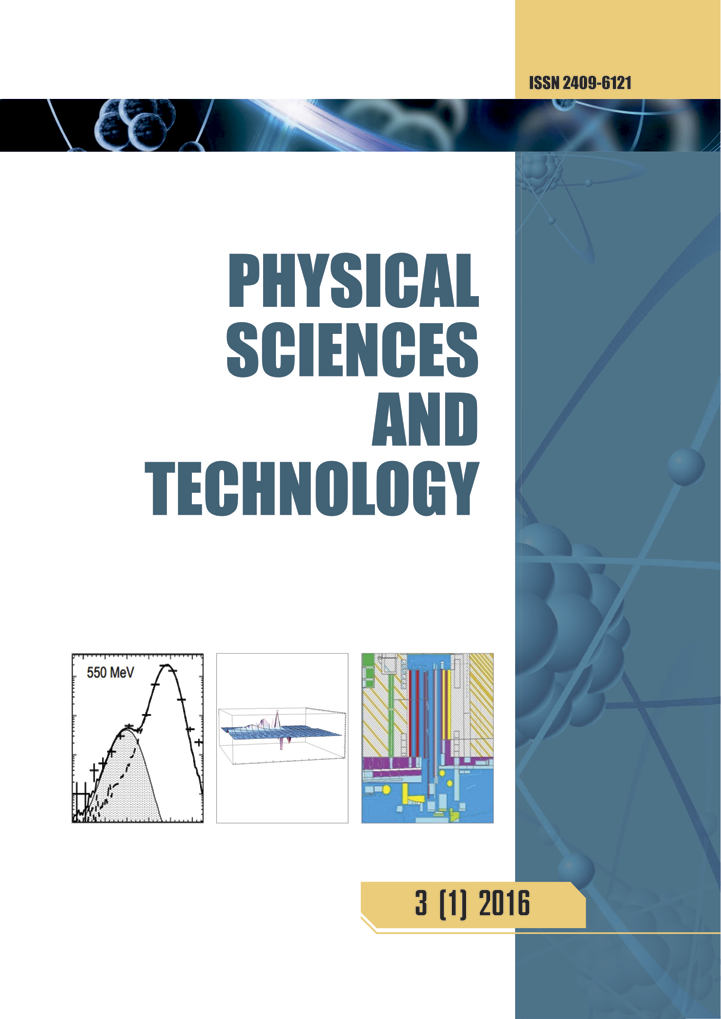All-dielectric nanoantenna for efficient reflectors irradiation
DOI:
https://doi.org/10.26577/phst.2020.v7.i1.04Abstract
In this paper, we propose a new kind of nanoantenna for effective illumination of parabolic surfaces, constituting of a silicon cylinder acting as a reflector and dipole source as an emitter. Tailored parameters of the nanoantenna ensure specific radiation pattern with broad main lobe and strongly suppressed side lobes that in the E-plane of the dipole is quite similar to the ideal “П” configuration, necessary for an as uniform as possible illumination of parabolic surfaces. This above radiation pattern is mostly due to the properly designed dielectric inclusion in the reflector that, therefore, is free of any losses. Consequently, we study how varying the antenna parameters affects the radiation pattern.
Results of our numerical simulations are compared with already existing ones and highlight the principal features that provide the desired effect. Furthermore, due to the simple geometry of the inclusions, the considered nanoantenna, required in application such as nanoreflector antennas and/or nanophotonic devices, exhibits advantages in manufacturing processes with respect to already proposed solutions.




